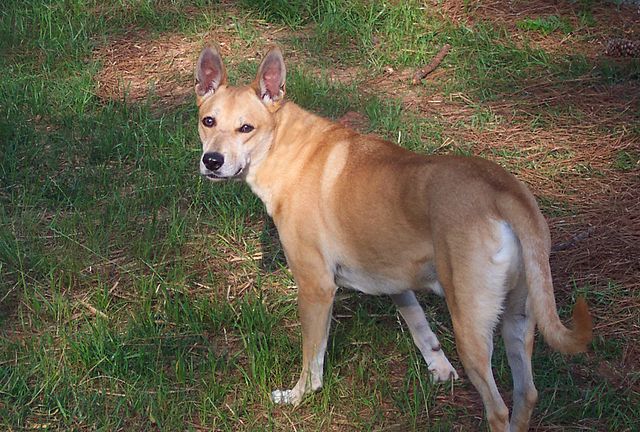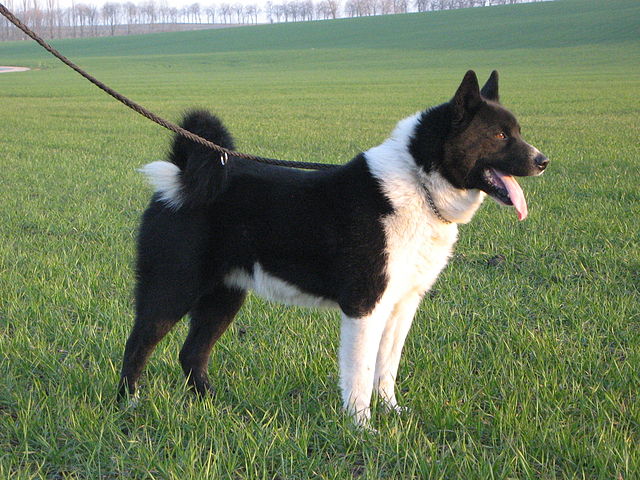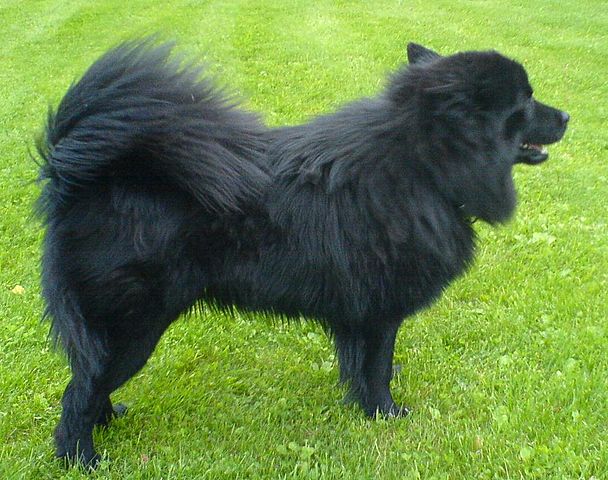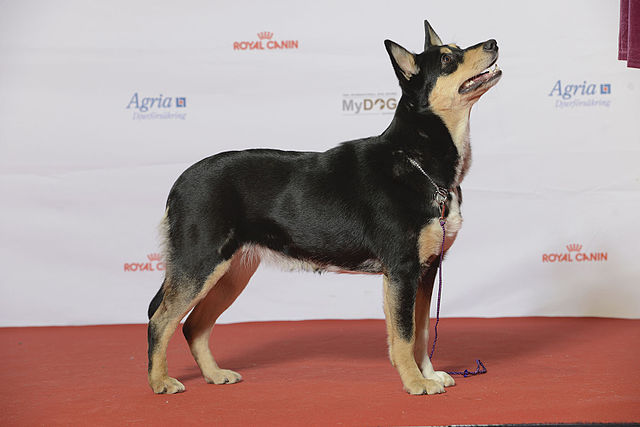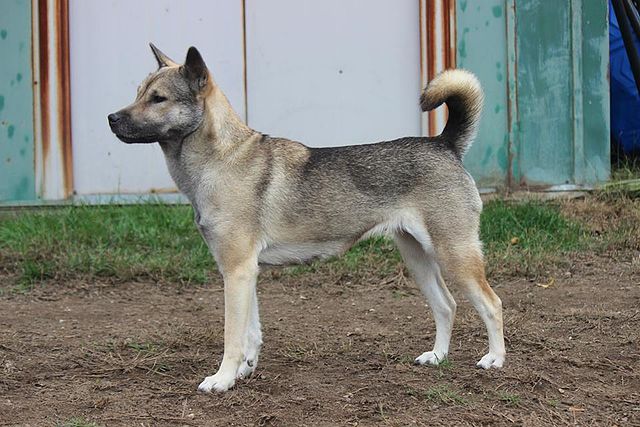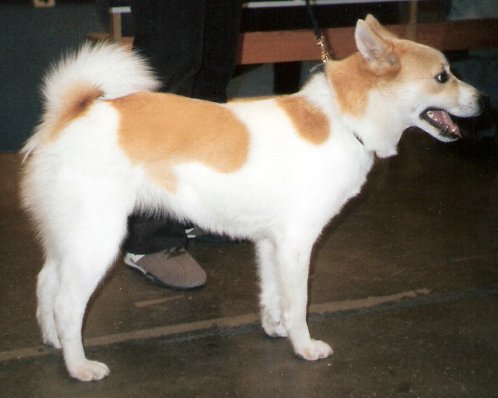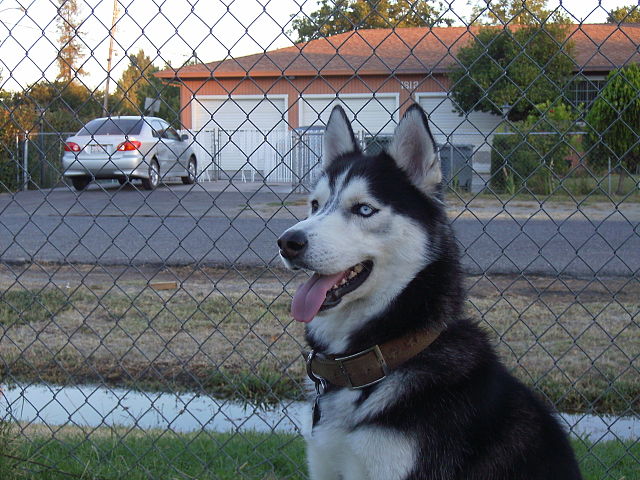The Kai Ken is one of Japan’s native spitz breeds – nicknamed “the tiger dog” because of their brindle coat. An active breed, they were originally used for hunting (primarily boar and deer) and today are happy to participate in a number of canine activities! Although only medium in size, this dog is bold and sassy with a confident nature. Neutral to strangers, they are nonetheless loyal with those whom they love. Temperaments can somewhat vary between individuals in the breed because diversity as well as function are highly prized so it is wise for a prospective buyer to meet dogs from the breeder to determine a good match. Take note – spitz breeds in general (and the Kai is no exception) are more primitive and are not the same as an outgoing, happy Lab. They all need early socialization in order to function well in the world!
The Kai Ken tends to get along with other dogs. Many of them are experts at reading canine body language and avoiding fights although this does depend on the individual and the amount of socialization he/she has had as a puppy. Many also get along well with cats and even smaller pets, although because of their high prey drive may chase those same animals if they dash around the home. It’s not recommended to allow outside play with cats and Kai. Along those same lines, this little spitz shouldn’t be let off-leash without extensive training in areas that might have woodland creatures suddenly appear (like squirrels)! They will chase after, swim after, and even climb trees after a running prey animal.
The Kai needs daily activity and exercise – both mental as well as physical. They have a lot of energy but their smaller size means the exercise requirements aren’t too hard to keep up with. When provided with proper exercise, good food and vet care the Kai tends to live 13-15 years. Most members of the breed are very healthy however health issues that can crop up include Progressive Retinal Atrophy (an eye disorder), luxating patellas (slipped kneecaps) and heart issues. No breed or mix breed is immune to congenital health defects and this breed is no exception. With a purebred dog, however, it is easier to know what you might be up against and choose a breeder who health tests.
Kai have the capability to be over-achievers when it comes to training as they love to work with their owners! They are also very versatile and love to learn new things – especially if those things involve movement and excitement. Obedience can be exciting to them but they really love to participate in activities in which their owners are also “playing along”, such as agility. Kai have been seen dabbling in herding, barn hunt, conformation and even lure coursing! Perhaps even more so than many other breeds – the amount of dedication an owner/trainer has will highly influence their Kai’s results. Shoddy training and skipping steps will undoubtedly lead to frustration to both dog and owner. Some Kai are more independent and/or more assertive than others – these dogs need strong-willed owners.
The Kai Ken usually loves children when he is brought up with them – make sure the children are taught never to tease the dog and always supervise around young kids. When brought up right, he will form strong bonds with them – just as he does with the rest of the family (although he may form the strongest bond with only his favorite family member). Make sure he is given plenty of affection and allowed to live inside the house as he is a social animal who needs/thrives on attention.
Kais make good watchdogs and will often find a high place to survey “their territory”, whether it be a couch, windowsill or even table! Make sure to teach them what is acceptable and what is not acceptable to sit on. He will keep watch in any type of home, whether house or apartment (and yes, this dog can do quite well in an apartment as long as he is exercised regularly). Despite his small-ish size, he is very brave!
Kai Ken are a naturally clean breed that requires little grooming. They shed once or twice a year and tend not to have a doggy odor. The short double coat will require more brushing during shedding seasons. The thick, brush tail may require a little more work to groom but overall the coat is easy to keep up with. As with all dogs – nails, teeth and ear care are important to schedule regularly. These clean dogs also tend to housebreak extremely quickly!
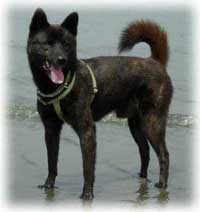
Photo CC BY-SA 3.0


